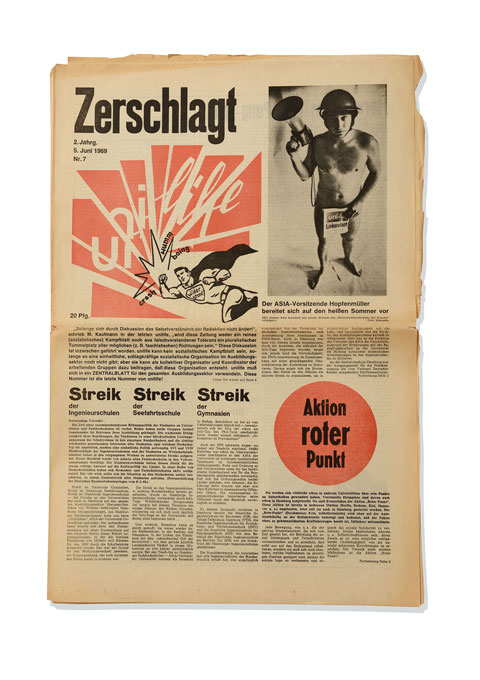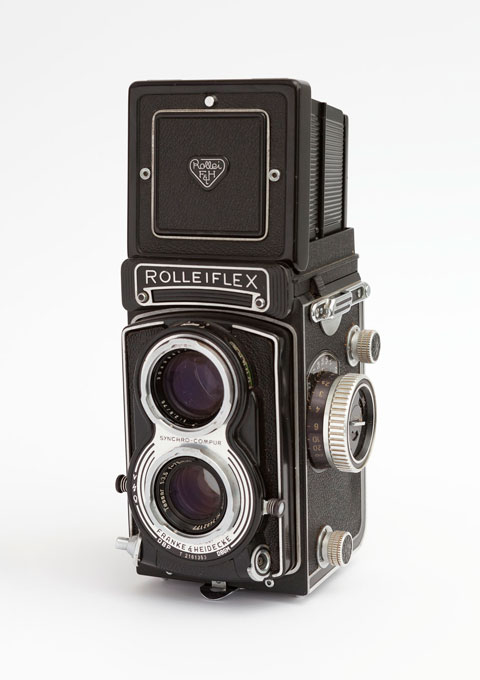ABOUT US
Who are we? The University is shaped above all by the people who teach, research, learn, and work here: the students and academic, technical, library, and administrative staff. The sheer number of people involved is impressive—with roughly 13,000 employees and over 43,000 students (as of Winter Semester 2017/2018) equaling the population of a small city. It is hard to believe that we started so small, with a mere 1,700 students, including 212 women, enrolled in the first semester in 1919.
The female students were essentially pioneers, given that the first German universities had only opened their doors to women in 1900. The first-semester students were taught by 107 professors and a lone female university instructor. Since the University’s founding 100 years ago, 480,000 men and women have enrolled here to pursue their studies.
Students
From the very beginning, Universität Hamburg has sought to open its doors to everyone, regardless of social or economic background. Yet before its evolution into a university for the masses in the 1970s, studying—for a fee—remained the privilege of the few. Today, the student body is highly diverse. Students come from all over Germany and thirteen percent travel to Hamburg from other nations to study in one of the University’s 170 degree programs. For many, student life means more than just academic training. Students engage socially and politically or indulge their personal interests by joining the University Orchestra, a University theater group, or University Sports.

Academic staff
Over 700 professors and roughly 4,800 research associates work at Universität Hamburg today. Of these, a full forty-three percent work in medicine. Academic staff are responsible above all for teaching, but this involves more than giving lectures: it also means closely supervising students. Our scientists and scholars, many of whom are well-connected throughout the world, also work in national and international research projects. Their daily work, however, is not just dedicated to their immediate research. They attend conferences and write grant applications for external funding for their own research projects.
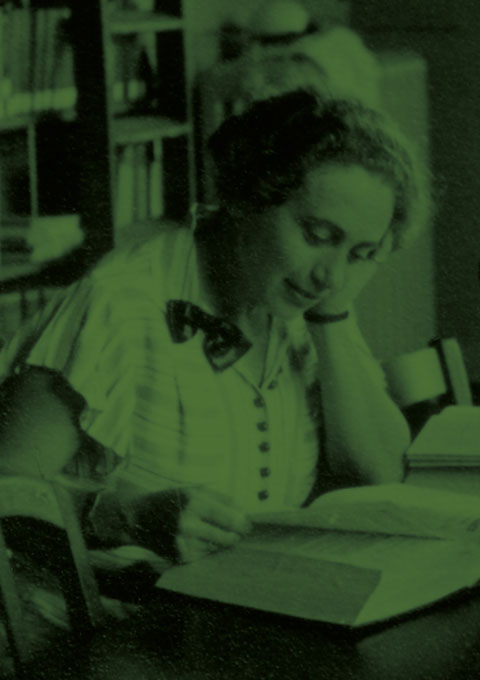
Technical, library and administrative staff
Roughly 7,300 employees keep the University and its clinics running, both organizationally and technically. At the University Medical Center Hamburg-Eppendorf, the technical and administrative staff alone number over 5,000 people, many of them in nursing care. Technical, library and administrative staff are indispensable for the smooth running of research, teaching, and building management in all the other faculties as well. From the University’s management to the research project clerk to the archivist, their tasks are wide-ranging and varied. And staff members often have surprising duties and professions, from glassblowing to cartography to taxidermy.
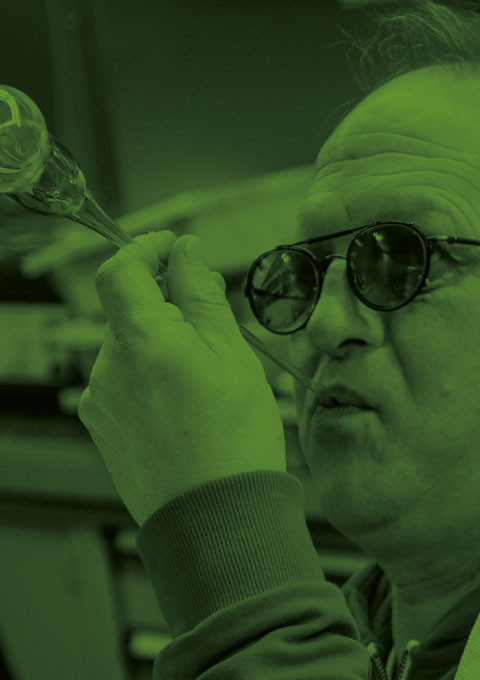
Student spaces
The departmental cafés at the University are important meeting spots for students. They are operated autonomously by the departmental student body or other student groups. To ensure the continued existence of these autonomous spaces, the Executive University Board and the AStA (student council) signed a memorandum in 2019.

Studienbuch — A study log
A student’s Studienbuch recorded the courses attended. One of the University’s first Studienbücher, from 1919, has been preserved. In those days, fees were required for each course, and they were also recorded in the Studienbuch.
Student ID
In the early years of the University, student IDs were referred to as “Erkennungskarten” and students were required to carry the cards with them at all times. They also served as library cards and as proof of payment of seminar fees. A replacement for a lost card cost 100 Marks.
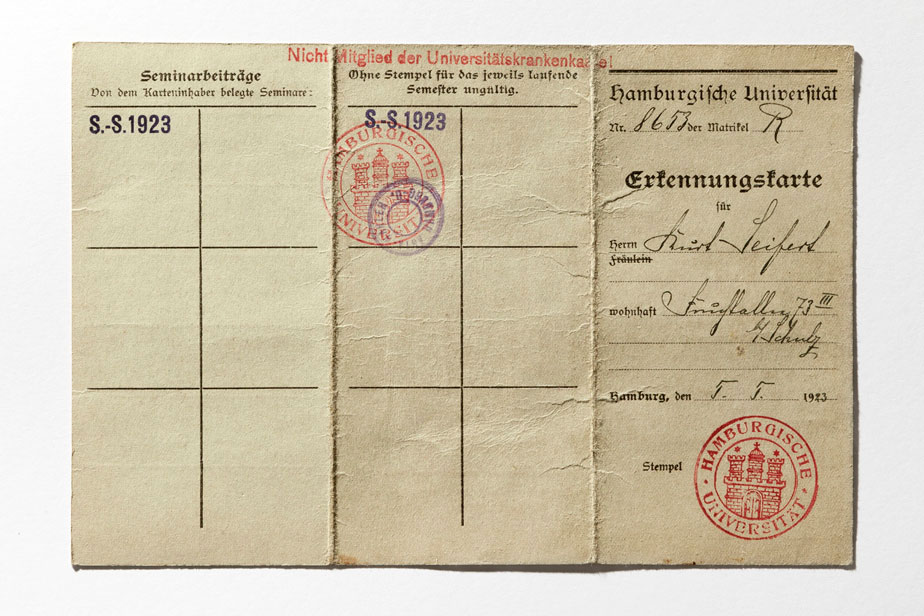
One of the first co-eds
Martha Muchow was already a teacher when she enrolled in the University just after it was founded. Her enrollment, her withdrawal at the end of her studies, and her subjects of study are recorded on her matriculation card. The library for educational science, psychology, and human movement science is named for the renowned psychologist.
Students write for students
There have almost always been student newspapers. unilife, a left-leaning paper, was first published in 1968. It offered a wide range of information to reach the largest number of students. In 1969, after a change in editorial staff, it became ZAS. It became more radical, lost its student humor, and focused primarily on topics typical to left-wing politics.
Student strike
There is a long history of student protest at the University. In 1977, Hamburg students joined the nationwide strike against a new framework act for higher education, which had introduced a regular period of study and the possibility of expulsion.
Professorial Vestments
In Hamburg, professors wore a ruff with their academic robes, as was typical for official vestments in the Hanseatic cities. The academic robes, which were first worn at the University in 1927, were replaced by National Socialist uniforms in 1934. But the professors successfully defended their status symbol until the end of the 1960s.
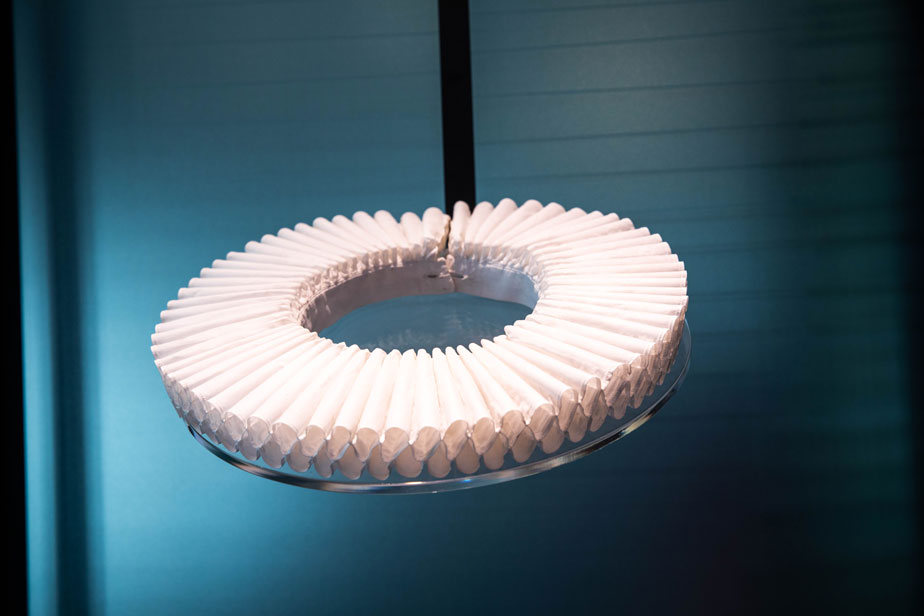
Leadership function
Until the success of the student movement in 1969, professors on the academic self-governance committees had the last word. Each year they chose a rector from their ranks. The University’s highest representative wore a rector’s chain on ceremonial occasions.
Research and exchange
Scientific research lives from the exchange between colleagues. Since the founding of the University, scholars from Hamburg have traveled to congresses both in Germany and abroad. This bag belongs to an astronomer who attended a conference of the International Astronomic Union in Rio de Janeiro in 2009.
Teaching
In addition to research, communicating and verifying knowledge are the main tasks of the academic staff. This stack of papers shows how time-consuming university teaching can be. Every semester, instructors must read and correct seminar papers, exams, bachelor’s and master’s theses, and doctoral dissertations.
Magdalene Schoch (1897–1987)
When this photo was taken in the 1920s, there were only very few women among the academic staff and no female professors. Magdalene Schoch came to Hamburg in 1920 as Albrecht Mendelssohn Bartholdy’s assistant for international law. In 1932, she became the first woman to earn a post-doctoral degree in law in Germany.
Taking photos
Drawing artefacts
Drawings can sometimes capture details better than a photograph can, or can fulfill specific scientific needs. For this reason, the Archaeological Institute employs a scientific graphic designer to document archaeological finds. She uses instruments like this contour gauge to draw the exact profile of an object.
Models for medical study
A moulage shows skin conditions resulting from injury or illness. The affected body parts were cast in plaster, and the casts were then used to make painted wax models. They served as teaching and documentation aids well into the 1950s. This moulage was made by Max Broyer at the St. Georg hospital, which was Hamburg’s teaching hospital before the UKE.
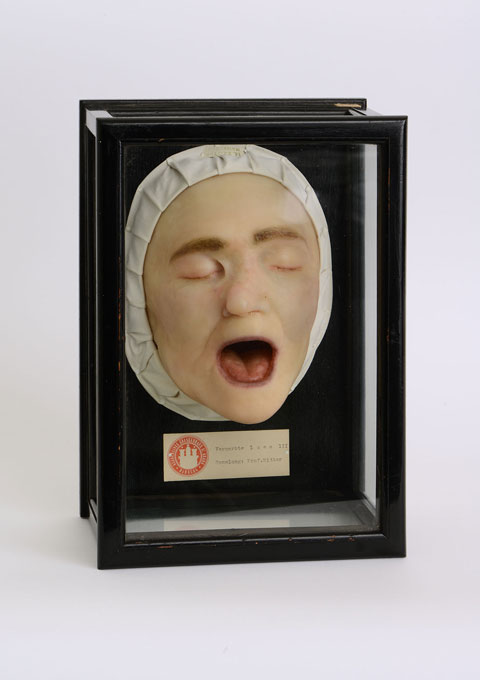
Zoological specimens
Preparators at the Museum of Natural History use pin boards to prepare insects for research and exhibitions. Their work is full of variety. They create and maintain specimens of all kinds of animals, they protect them from pest infestation, or they re-create animal habitats for exhibitions.
Drawing maps
The cartographers at the Institute of Geography aid in research and teaching. They primarily draw thematic maps for publications. They also look after the extensive map collection. The map weights are used to hold down the collection’s large-format maps when they are rolled out on a table.
Archiving documents
The University Archives, where the archivists preserve documents from the past, is the memory of the University. Archivists assess documents for their historical and legal relevance, and decide whether they should be permanently archived. The archive is open to visitors for research.
Solving problems
Service teams take care of University buildings. They make sure, for example, that the building technology works or that desks are at the right height. They have keys to all the rooms. The Philturm key ring is obsolete, however. The new locks all work with transponders.

Making glassware
The Department of Chemistry has glass workshops. Two glassworkers make and repair laboratory glassware. This isn’t just more economical than buying the glassware from a supplier. An in-house glassblower can tailor-make the instruments according to the requirements of a research team.
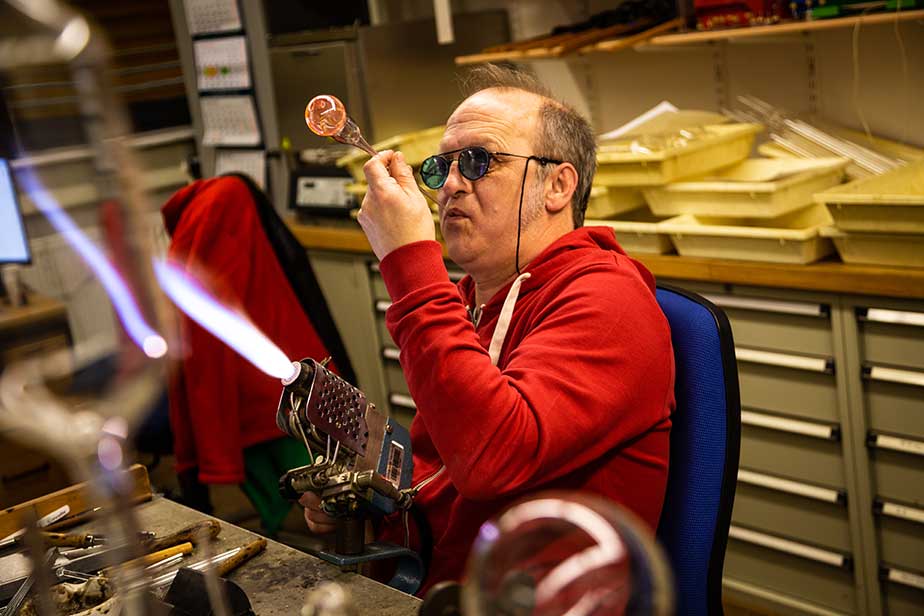
Technical, library and administrative staff
The actual number of technical, library, and administrative staff who have worked at the University throughout its history is not available. There are no reliable statistics before 2004.
Academic staff
The number of academic staff grew proportionally to the number of students enrolled. For the entire period from 1919, however, we have data on the number of professors only. The number today is eight times what it was in 1919, but it has increased much less than the number of students.
Students
The number of students at the University is twenty times what it was in 1919. Germany experienced a baby boom beginning in the 1970s, and more and more young people chose to pursue a university education. Universität Hamburg became a “mass” university.
